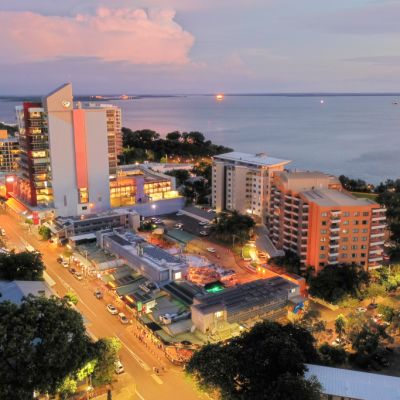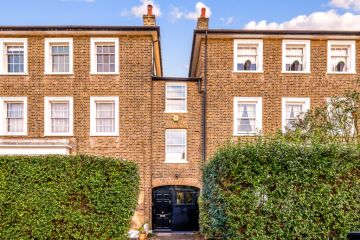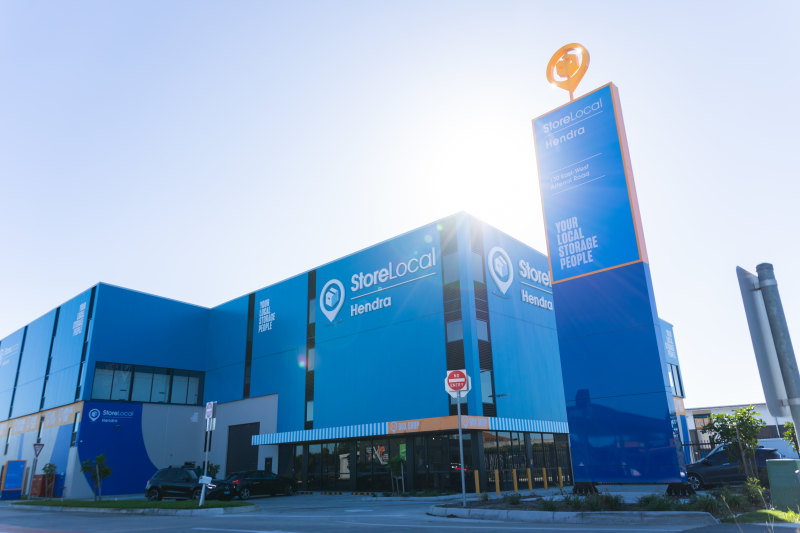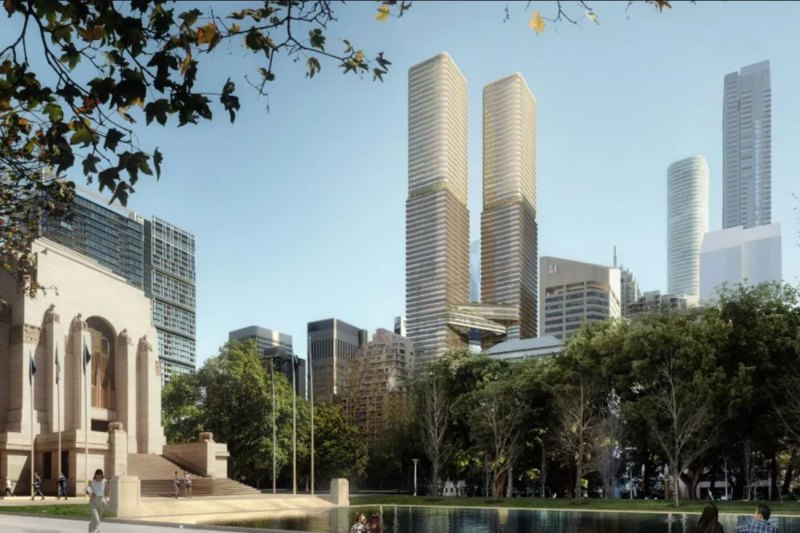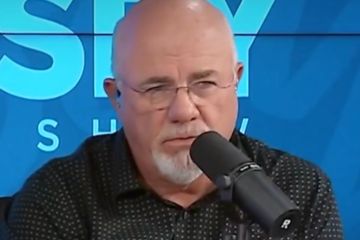RBA holds cash rate at 4.10 per cent, tipped to 'ride out' inflation uptick
The Reserve Bank of Australia (RBA) continued to hold the cash rate at 4.10 per cent during its Tuesday meeting, despite a slight uptick in inflation.
“Inflation is still high – it’s still above the target range – but the case for raising rates is not stronger than it was over the last three months [when] they held the rates steady,” says Sean Langcake, head of macroeconomic forecasting at BIS Oxford Economics.
“I think the 4.10 per cent cash rate is enough; it’s in restricted territory and is clearly enough to curb demand which we’ve seen happening in the last couple of quarters, and they’re happy to sit aside and let it ride out from here,” he says.
“They are in a position where they want the previous interest rate hikes to run their course and do their thing to slow demand, which they’ll continue to do since it takes a long time for the full effect of these things to be felt.”
The monthly consumer price index (CPI), which is an indicator of inflation, increased to 5.2 per cent in August – up from 4.9 per cent in July.
The month’s primary drivers for inflation were housing, food and non-alcoholic beverages, transport, and financial services.
Michelle Marquardt, Australian Bureau of Statistics head of prices statistics, says items with volatile prices like fuel, fruit and vegetables, and holiday travel tend to impact the inflation rate heavily. However, when those are removed, it reveals that inflation has actually gone down month on month.
Overall, inflation has decreased in several sectors, including housing.
“The annual increase for housing of 6.6 per cent was lower than the 7.3 per cent increase in July,” Marquardt says. “New dwelling prices rose 4.8 per cent, which is the lowest annual rise since August 2021, as building material price increases continued to ease, reflecting improved supply conditions. Rent prices rose 7.8 per cent in the 12 months to August, up from 7.6 per cent in July, as the rental market remains tight.”
Ray White Group chief economist Nerida Conisbee says the rate hold is good news for everyone, even if inflation went up slightly.
“It’s pretty similar to what we are seeing everywhere around the world at the moment,” she says. “If you take a look at the US, their inflation rate went up a little bit last month as well, but they’ve held rates. In the UK, their inflation is still higher than ours, but they’ve also held rates.
“It does seem to be this shift that we’ve seen in the last couple of months where we know that inflation is still bad, and we’re going to see this up and down behaviour for some time. But at the same time, there’s some consideration that the rate increases are probably done.”
University of Sydney professor of macroeconomics James Morley says the CPI is not the only thing the RBA considers when deciding to hold or increase the cash rate.
“They are looking at global economic conditions,” he says. “The US economy is still strong, but the Chinese economy is obviously undergoing slower growth, and that’s quite relevant for Australia.”
He believes the full effects of the previous rate hikes haven’t yet impacted our economy, so the RBA will now be taking a wait-and-see approach.
“The monthly indicators have quite a bit of noise in them because they sample different parts of a household’s typical basket, and if it jumps up a little, that won’t cause the RBA to raise rates.”
Conisbee agrees, saying there are factors driving up inflation, like fuel costs, that are out of Australia’s control.
“So whatever we do on rates will not have any change to that,” she says.
With rates on hold, Australian home owners and buyers have more certainty about what their loan repayments will look like, says Mozo banking expert Peter Marshall.
“I think we will see some banks cutting their variable rates by a small amount, but we’re more likely to see action in the fixed-rate space,” he says.
“We’re already starting to see a few lenders cutting fixed rates, and that’s some of the bigger lenders in Australia. I expect that would increase, and fixed rates will start to become more popular and commonly used once again.”
| Loan amount | 6.25% | 6.50% | 7% | 7.25% |
| $500,000 | $3,079 | $3,160 | $3,327 | $3,411 |
| $600,000 | $3,694 | $3,792 | $3,992 | $4,093 |
| $800,000 | $4,926 | $5,057 | $5,322 | $5,457 |
| $1 million | $6,157 | $6,321 | $6,653 | $6,822 |
Langcake says that, despite early grim predictions of many Australians losing their homes due to the cash rate hikes, the exact opposite has happened.
“The housing market has weathered the rate rises better than most people expected,” he says. “Obviously, we had a bit of downswing, but it was much more shallow than anyone predicted.
“Yes, we had rate hikes which affected affordability, but overwhelmingly people stayed in work and have been able to pay their mortgages, and we haven’t seen a flood of listings in the market.”
Many economists suggest that we’ve reached the cash rate peak, and it will hold for a while, even if there are small fluctuations in the CPI.
We recommend
We thought you might like
States
Capital Cities
Capital Cities - Rentals
Popular Areas
Allhomes
More


